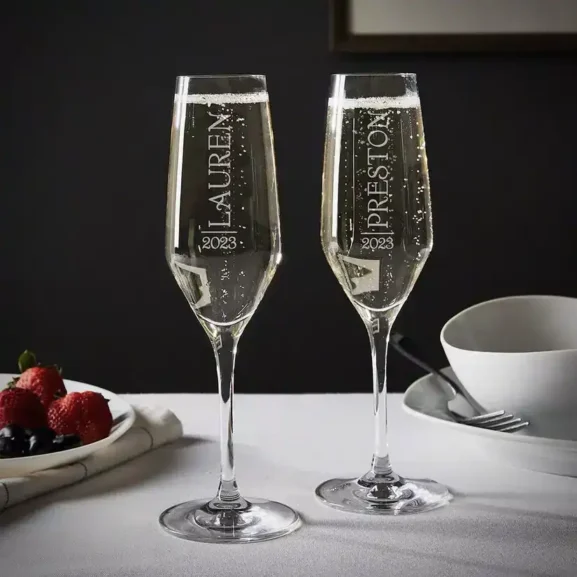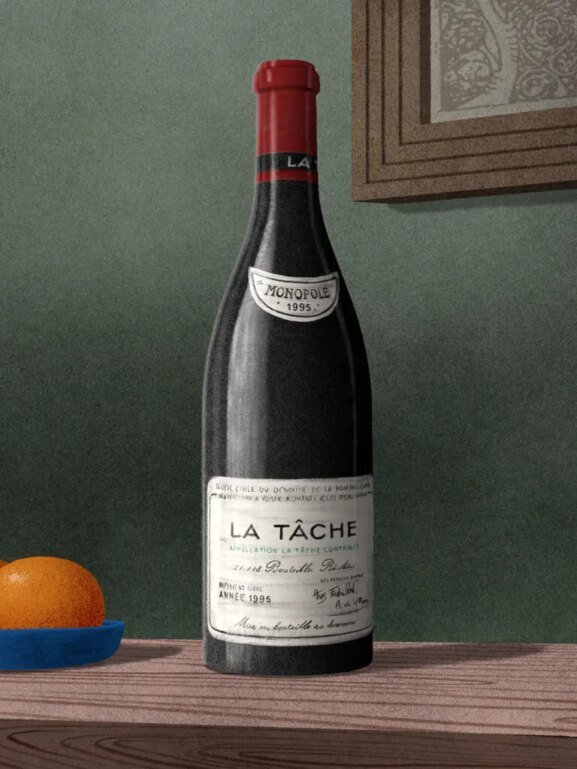The New Trend in Hard Seltzer? Regular Seltzer
Just in time for Dry January, on New Year’s Day, the company responsible for White Claw Hard Seltzer debuted its latest product that promises to be “a radically new beverage” that “completely reimagines the idea of drinking.”
The drink? A hard seltzer without alcohol. Or—as many have quipped—seltzer.
While there’s been plenty of online mockery about the company’s decision to jump on the NA bandwagon—why would consumers grab a can of White Claw over uber-popular La Croix, for example?—I believe White Claw’s expansion into the non-alcoholic space is just smart business. The alcohol company is far from alone in acknowledging the changing demographics of drinkers and their habits.
You May Also Like: Is Dry January the Healthy Move? Blue Zones’ Dan Buettner Weighs In
Non-alcohol spirits, wine and beer have been rolled out at a fast clip over the last few years with well-known brands offering customers a no-buzz alternative. In the first half of last year, sales of NA beverages were up 54% annually. At the same time, hard seltzer sales have dropped dramatically. Through the month of December, analysts at Evercore ISI found that sales of traditional hard seltzers dropped a substantial 10.4%.
Many have posited that White Claw is merely attempting to avoid these declines, yet it turns out the brand is doing just fine even as the rest of the hard seltzer category bottoms out. During that same period, sales of White Claw grew by 4.4%. Sources estimate that the brand’s market share accounts for more than 50% of the category—the clear leader by a mile. That brand recognition is likely to play well in the growing NA space, too.
Everyone Wants a Piece of the NA Pie
“Everybody from Budweiser through Heineken has released a non-alcohol version of themselves, and they are obviously trying to maximize revenue off of a brand or a trademark,” says Jeff Musial, a beverage industry consultant and partner at Brand Elixir Partnerships. “All of a sudden, they can get more lunch usage, or get more people that are into Dry January. What White Claw is doing could mimic that, but it’s a bit different.”
Musial has been working in the alcohol industry since the 1980s and says companies have long seen the consumer need for “something sweet, something convenient, something that’s fun” to bring consumers together at various occasions. Those occasions spill into times where alcohol is not wanted or appropriate.
Though mocked online, this no-alcohol White Claw goes beyond plain-old carbonated water with the addition of electrolytes and 2 grams of sugar, delivering 15 calories in each 12-ounce serving. It could serve to hydrate drinkers between cans of the original alcohol-infused version. These new drinks, which are available in flavors such as black cherry cranberry, lime yuzu and mango passion fruit, were developed to mimic the “hard” aspect of the original, alcoholic beverage with a slightly firmer mouthfeel than traditional seltzers.
It makes sense that White Claw would want to get into the regular seltzer business. The sparkling water segment was a $34.3 billion industry in 2022 and is expected to grow to $85.6 billion by 2030, according to Fortune Business Insights, a data and analysis company. Non-alcoholic White Claw can get placement in grocery and convenience stores where its alcoholic version could not, expanding the brand’s visibility. Not for nothing, the alcohol-free White Claw flavors are a suitable mixer for White Claw vodka, which the company released last year.
You May Also Like: The 15 Best Non-Alcoholic Wines, According to Customer Reviews
Other Hard Seltzers Ditching the Booze
White Claw is not the only alcoholic seltzer getting into the non-alcoholic business. Quirk Hard Seltzers, a brand owned by Duvel Moortgat and produced by Missouri’s Boulevard Brewing Company, is also rolling out a traditional seltzer. It comes after Boulevard first released a non-alcoholic beer three years ago, which enjoyed success with its consumer base.
“We realized that it was an opportunity for us to look at our full catalog,” says Boulevard brand director Ali Bush. “[We] tried to prioritize what we thought would be most impactful.”
The company’s Quirk Hard Seltzer line, which was introduced in 2020, “has quickly become the top-selling seltzer in the Kansas City market and nearly one-third of the brewery’s overall sales,” says the brewery.
The non-alcoholic version is 25 calories with five grams of carbohydrates and one gram of sugar per serving, flavored with yellow papaya and acai berry juice. It is currently only available in the brewery’s home market.
You May Also Like: The Best Non-Alcoholic Bottle Shops in America, According to the Pros
“We have a rabid and loyal fan base here in Kansas City and they’re really quick to let us know if it is something of value or if it’s worth exploring further,” says Adam Hall, the brand manager of culture and strategy at Boulevard Brewing Company. “Right now, we’re just kind of waiting to see how Kansas City responds.”
Much of this product innovation is intended to capture younger consumers who are drinking less than previous generations. For Boulevard, at least, that means paying attention to those alcohol-abstinent young adults—and coming up with products that appeal to them.
“This is about listening to our consumers, listening to our distributors and listening to our retailers to gravitate to that and then putting our own unique spin on it,” says Bush.
Published: January 17, 2024
Like what you’re reading? Learn more about:


